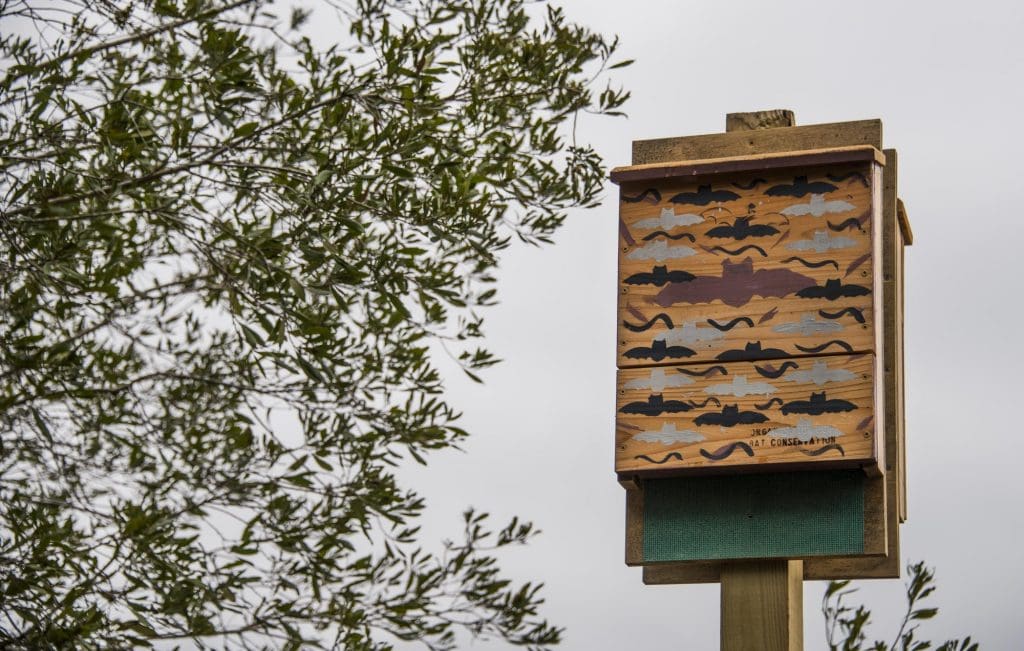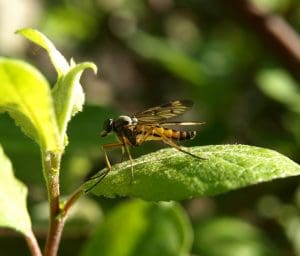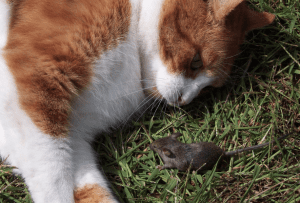
Eco-Friendly DIY Pest Control in Seattle
The word “pest” goes back centuries to the Latin term pestis, meaning plague. Pests bring pestilence, disease, and destruction on small and large scales. At the very least, a nuisance, some pests can become serious health threats if left unchecked. But you can get rid of them and other rodents with eco-friendly DIY pest control.
Professional pest control companies may rely on harsh chemicals to get rid of insects and rodents. They also may try to talk you into signing up for regular service as a preventive approach, which could be overkill and expensive. These services get the job done but leave you wondering if your home and yard are safe for you and your pets. These eco-friendly methods are safer and cheaper.
Insects
The buffalo treehopper loves the oak and maple trees in Seattle and often damage those trees by laying their eggs inside the stems and under leaves. When the young critters hatch, they eat the leaves. As they get older, they feed on your grass and plants. Instead of using an insecticide, you can control these bugs and limit their damage by hosing off the trees. Insecticidal soap will also discourage them from nesting in your yard.
Typical insects found inside or around the outside of your home include ants, (both moisture and carpenter), spiders, and wasps. Of course, you don’t want to get bitten, stung, or have your food contaminated. And no one wants to see cobwebs in the corners of walls and ceilings.
Prevention
Before calling in the exterminator, try to identify and remove the source of attraction for your little home invaders. Moisture and carpenter ants are attracted to water. Fix all leaks and check underneath your cabinets for any leaking pipes. Check the basement and crawl spaces for any damp spaces and seal all cracks. Carpenter ants can destroy the wooden structure of your home. But they feed on sweets and meats. Keep all food containers sealed. If you find a nest of carpenter ants outside, pour boiling water mixed with soap into. You can also put out dishes of sugar mixed with baking soda. The sugar attracts them, and the baking soda will kill them.
The stump stabber wasp is the most common in Seattle. It looks scary because of its size and black and orange stripes. But the stump stabber rarely stings and eats a lot of other garden pests. If the wasps have built a nest too close for comfort, you can make a contraption to lure them away from their nest during the day. Using a broom or shovel, knock down wasp nests at night after the bugs have stopped flying around. Either relocate it or douse it with a bucket of soapy water.
Bats and Plants
If you garden or keep potted flowers outside, you need to watch out for plant-eating caterpillars, moths, flies, mites, and aphids. Mother nature has her own way of dealing with these pests. It might be fun to build a bat house and watch the bats swoop around catching and eating bugs at dusk. A little brown bat, native to Washington State, will eat its weight in insects every night. If you’re more annoyed by bats than by the insects, (there are no blood-sucking bats in Seattle!), try planting pest-repellent plants. The smell of basil really bugs flies. Catnip will scare away ants, flea beetles, aphids, and squash bugs. Chrysanthemums will keep silverfish at bay, and they’re easy to grow in Seattle.
Rodents
The only thing more distressing than seeing evidence of rats in your house is seeing the little buggers themselves. Unfortunately, Seattle is a mecca for these creatures. They’re attracted by the same mild weather and great food that places Seattle so high on the Quality of Life Index for the U.S.
There are a variety of ways to catch and remove these stealthy strangers without using harmful poisons. No-kill traps capture small rodents and allow you to release them far away in an outdoor area. You can also try electric devices that emit ultrasonic noise you can’t hear but will drive rodents away.
As for the best mouse and rat repellent? A cat. If you don’t want to adopt one, borrow one from a friend for a few days. You also want to take steps to keep rats from getting inside.
- Locate any points of entry. Seal and caulk all openings.
- Trim all hedges and trees.
- Pick up fruit that falls from trees.
- Use rodent-proof compost bins.
- Don’t leave pet food outside.
- Keep garbage cans tightly sealed.
- Keep your garage door closed.
Pests can become an issue no matter where you live. But look on the bright side. You can thank our mild summers and cooler temperature for the lack of biting mosquitos here!
About the Author
Alexis Jones is a freelance writer and amateur landscaper who prides herself on being eco-friendly. She uses only native plants to encourage biodiversity and wildlife-friendly backyards.


